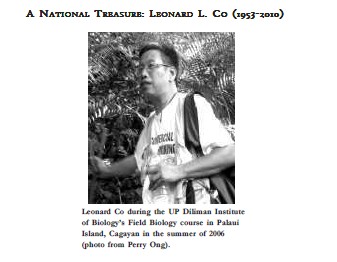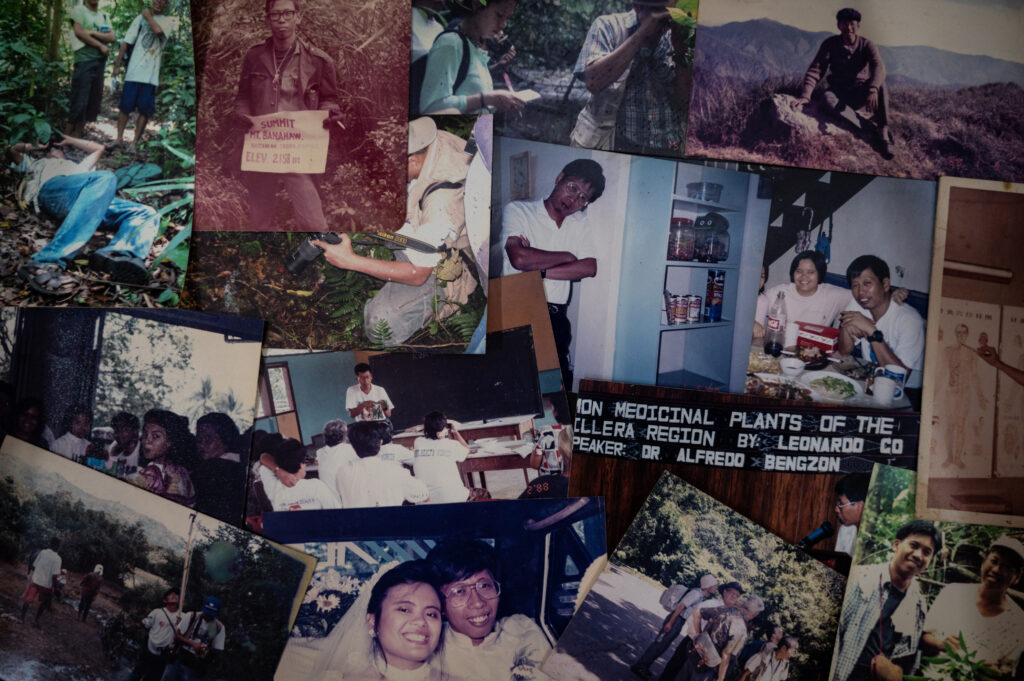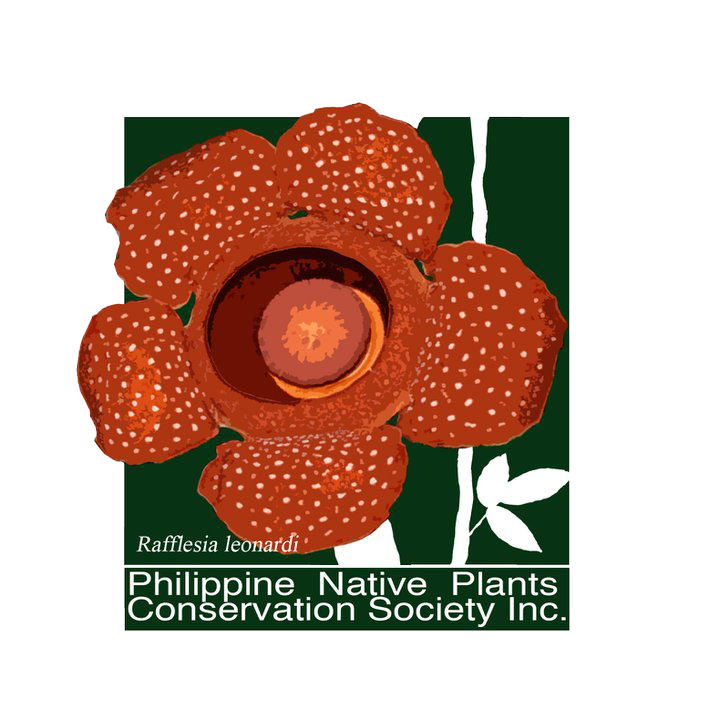Leonard L. Co, unparalleled plant scholar and a scientist for the people, died last November 15, 2010 in Leyte from gunshot wounds obtained during an alleged crossfire between the Philippine Army 19th Infantry Battalion and the New People’s Army. Co had pioneered the writing of manuals on Philippine medicinal plants for community-based health care in the 1970s and worked as a pharmacologist of Chinese medicinal plants in the 1980s. At the time of his death, Co was doing research on native forest species for reforestation. He was also assembling a digital herbarium and writing an update of The Enumeration of Philippine Flowering Plants written by Elmer Merrill at the turn of the 20th century.

Leonard was born in 1953 to a Chinese father and Ilocano mother, and lived in Caloocan where the family had a popular Chinese restaurant. He went to the Philippine Chinese High School, where, under the pen name “Siling L abuyo”, Leonard wrote a column called “Mga Tsismis sa Kantina” in the high school newspaper about problems in society and in school. Leonard was fluent in Tagalog (Filipino), Ilocano, Hokkien, Mandarin, and English, but he was most comfortable speaking in Filipino.
He went to UP Diliman for college, enrolling first in Chemistry but then shifting to Botany, his true love. His college career was interrupted by the turmoil during martial law when Leonard became a political detainee. Among the evidence presented against Leonard were Communist books in Chinese script that were actually books on Chinese medicinal plants. During this period, he edited the Manual on Some Philippine Medicinal Plants, which came out in mimeographed form in 1977 in the name of the UP Botanical Society.
After release from detention, he worked as a research assistant at the UP National Science Research Institute. With fellow botanists he went on fieldwork in the Cordillera looking for plants used in Chinese medicine. Leonard also interviewed local elders and traditional healers to learn from them about medicinal plants. He enrolled in UP Baguio while he continued to do research. In 1989, an expanded version of the 1977 manual, with nearly 500 pages, was published as Common Medicinal Plants in the Cordillera Region: A Trainor’s Manual for Community-Based Health Programs, by Community Health Education, Services and Training in the Cordillera Region (CHESTCORE). Leonard worked for CHESTCORE in training local health workers in the use of medicinal plants and acupuncture. Leonard became the resident Chinese pharmacologist at the Acupuncture Therapeutic and Research Center in Manila where he met Glenda Flores, whom he married in 1990. They have a daughter, Linnea Marie.
Highly regarded in the international community, Co only got his Bachelor of Science Degree in Botany from the UP Diliman in the summer of 2008 (after 36 years) although he served as the de facto curator of the UP Herbarium and mentored countless students. Palanan in the Sierra Madre was where he did the most botanizing. His last publication in 2006, wherein he was the senior author, was the book Forest Trees of Palanan, Philippines: A Study in Population Ecology. This was as part of the book series of the Center for Tropical Forest Science of the Smithsonian Tropical Research Institution. Co considered this book to be a celebration of the spirit of partnership and collaboration; of mentoring; of passion for excellence and abhorrence of mediocrity, and most importantly of dreaming, innovating and fighting tooth and nail for the cause of biodiversity conservation*. He was very proud of this achievement as it was the first of its kind in the Philippines, and it was supported by the academe, government, non-government organization conservation groups and the private sector.
Leonard’s second home was the UP Herbarium. He often stayed overnight, spending countless hours sorting and identifying specimens. He brought together a diverse group of people with a shared love for native plants into the Philippine Native Plant Conservation Society which was formally organized in 2008. Two plants have been named after him: the orchid Mycaranthes leonardoi (described in 2010 by Ulysses Ferreras and Wally Suarez), and Rafflesia leonardi, a parasitic plant with huge flowers (described in his honor by Julie Barcelona and Pieter Pelser in 2008). It is ironic that he was gunned down while doing the work that he loved, identifying tree species in the middle of a remnant forest that he was trying to restore. He was in Kananga, Leyte as a biodiversity expert for the Energy Development Corporation (EDC) for its tree legacy program, BINHI, looking for mother trees. Two other team members, Sofronio Cortez, a forest guard from the EDC, and Julius Borromeo from the Tongonan Farmers Association, were also killed. No less than an impartial, independent and credible investigation is needed to ferret out the truth behind their deaths.

For more stories about young scientists, botanists, and advocates inspired by the life and legacy of Leonard Co, we encourage you to consider joining the organization Co founded, the Philippine Native Plants Conservation Society, Inc.


